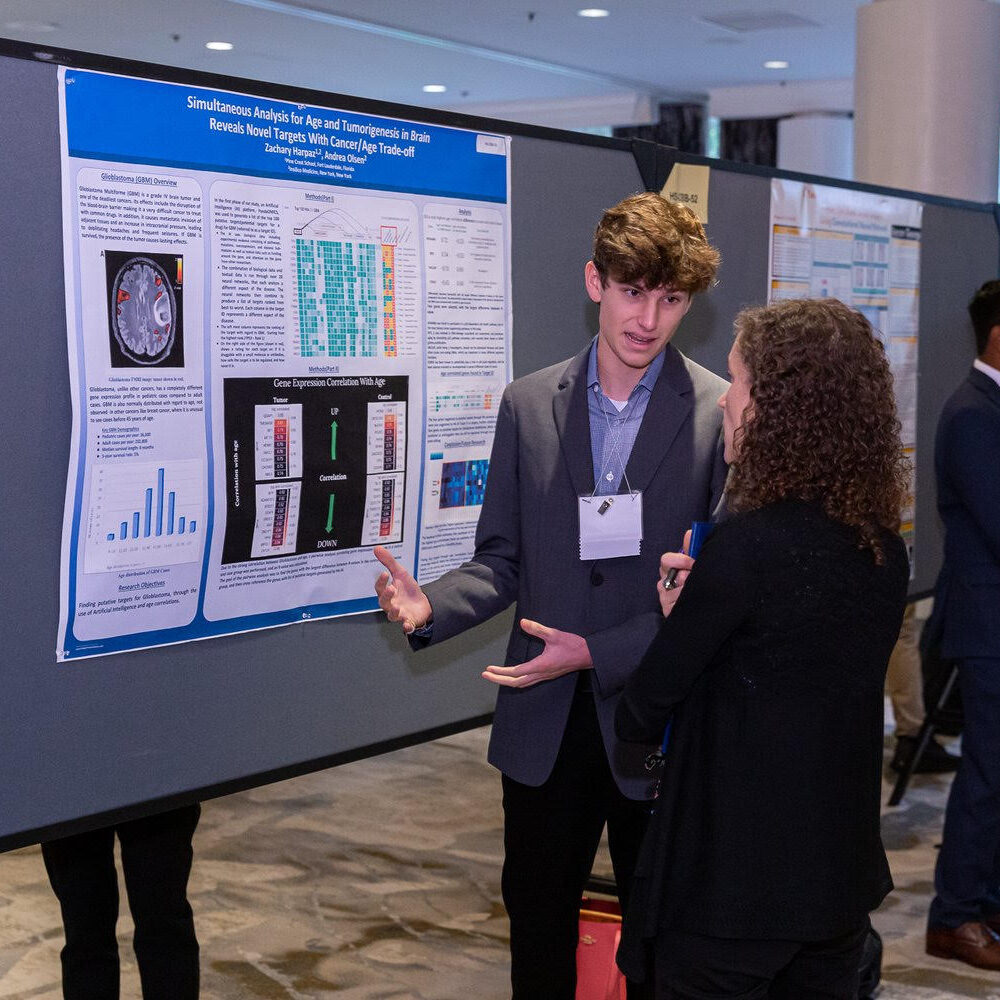In a new editorial, researchers explore how a leaky gut can lead to Alzheimer’s disease using the Seed and Soil Model of Neurocognitive Disorders to explain.
New research continues to illuminate the far-reaching implications of the gut microbiome and its crucial role in our overall health. The term “gut dysbiosis” refers to an imbalance of healthy and unhealthy microbes in the gastrointestinal tract. Repercussions of gut dysbiosis are not only limited to innocuous discomfort—it can lead to immune dysregulation and trigger a cascade of various disease states.
In a new editorial paper, researchers Chun-Che Hung, Kristi M. Crowe-White and Ian M. McDonough from Chang Gung University and The University of Alabama discuss the relationship between gut dysbiosis and neurocognitive disorders such as Alzheimer’s disease (AD). Their editorial was published in Aging’s Volume 15, Issue 12, on June 19, 2023, entitled, “A seed and soil model of gut dysbiosis in Alzheimer’s disease.”
“[…] recent research has demonstrated a crucial role of gut microbiota in the etiopathogenesis of AD [Alzheimer’s disease] that offers a new window into possible origins and consequences of AD through interactions between gut microbiota and the central nervous system, known as the ‘microbiota-gutbrain axis’ [1].”
The Seed and Soil Model of Neurocognitive Disorders
The “Seed and Soil Model” in biology was first used in an attempt to describe why some individuals who are predisposed to developing neurocognitive disorders do not ever develop them. As the researchers wrote in their editorial, the “seeds” in this analogy represent genetic predispositions or a family history of a particular disease state. The “soil” represents the external environment that either enables or disables the expression of these seeds. This external environment can be influenced by behavioral and/or lifestyle factors. Although this model did not originally include the microbiota-gut-brain axis, the authors of this editorial are now applying it.
Interestingly, the researchers here have related the “leaky gut” phenomenon of gut dysbiosis to Alzheimer’s disease (AD). A leaky gut, plainly described as increased intestinal permeability, is a condition where the lining of the intestine becomes more porous. This allows larger molecules and toxins to pass through into the bloodstream—opening the door to potential inflammation and various health problems.
Metabolites involved with gut leakiness have previously been linked to increased permeability of the blood-brain barrier (BBB). The opening of the BBB allows bacterial endotoxins to travel from the gut to the brain environment. This can increase inflammation within the system. The authors propose that gut leakiness, through the Seed and Soil Model, may explain why some people predisposed to AD realize the disease, while those without gut dysbiosis may not.
“According to the Seed and Soil Model of Neurocognitive Disorders, this translocation would create a toxic microenvironment in the brain vulnerable to pathogenesis, especially for those with a genetic predisposition to AD.”
Conclusion
“According to the Seed and Soil Model of Neurocognitive Disorders, environmental and behavioral patterns can influence the balance of neuroprotection vs. toxicity of the brain’s micro-environment.”
In sum, emerging research continues to shed light on the significance of the gut microbiome and its connection to our overall health. The editorial by Hung, Crowe-White and McDonough explores the relationship between gut dysbiosis and neurocognitive disorders, particularly Alzheimer’s disease, through the lens of the Seed and Soil Model of Neurocognitive Disorders. By considering the impact of leaky gut and the translocation of bacterial endotoxins on the brain, the authors propose that gut dysbiosis may contribute to the pathogenesis of AD, particularly in individuals with a genetic predisposition. This perspective opens new avenues for understanding the complex interactions within the microbiota-gut-brain axis and provides insights into ways to potentially stave off cognitive decline with diet and lifestyle interventions.
“Here, we extend the model to better understand how the microbiota-gut-brain axis may play a causal role in the development of AD. However, more research is needed to test additional hypotheses of the model.”
Click here to read the full research paper published by Aging.
—
Aging is an open-access, peer-reviewed journal that has been publishing high-impact papers in all fields of aging research since 2009. These papers are available to readers (at no cost and free of subscription barriers) in bi-monthly issues at Aging-US.com.
Click here to subscribe to Aging publication updates.
For media inquiries, please contact [email protected].








